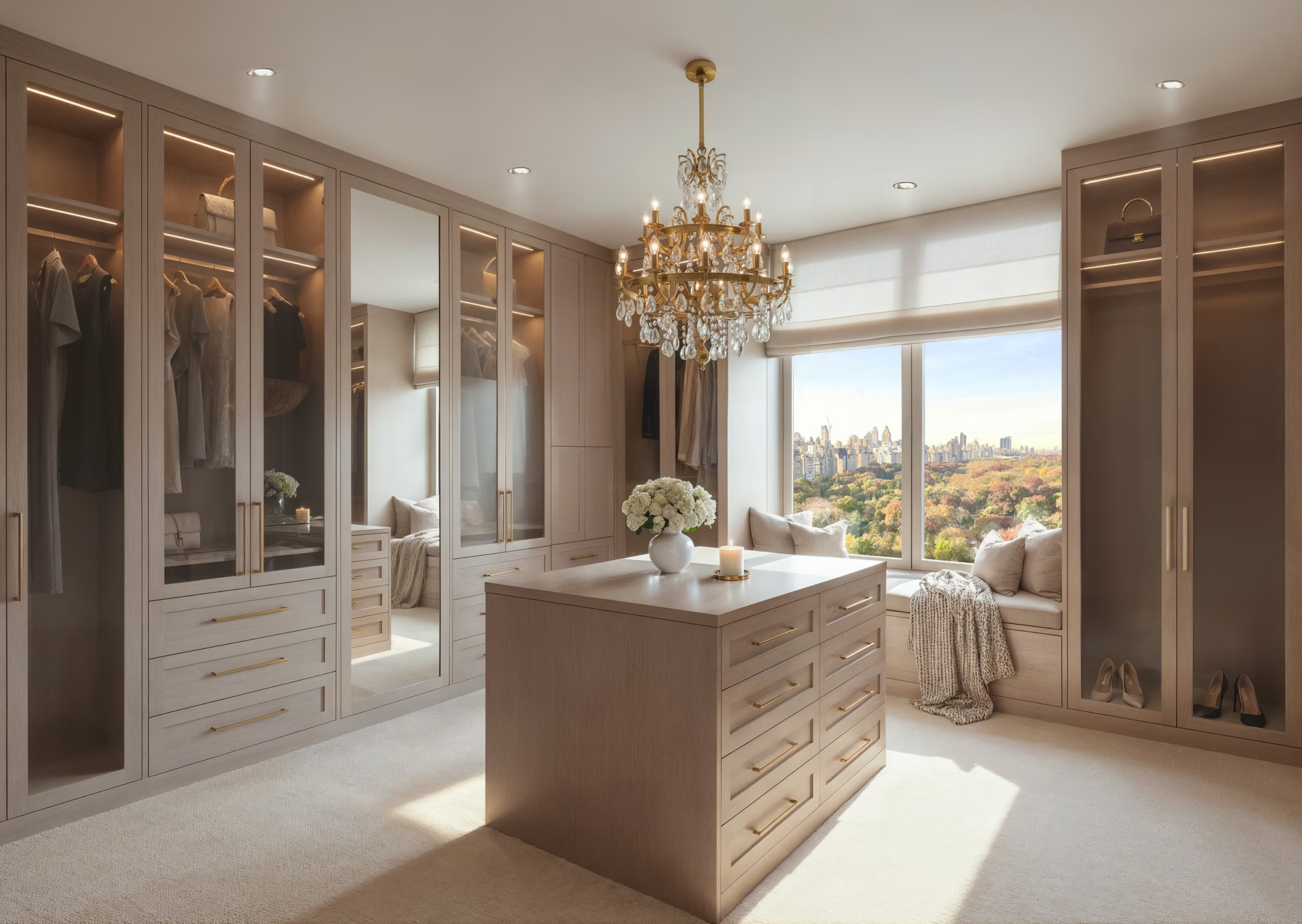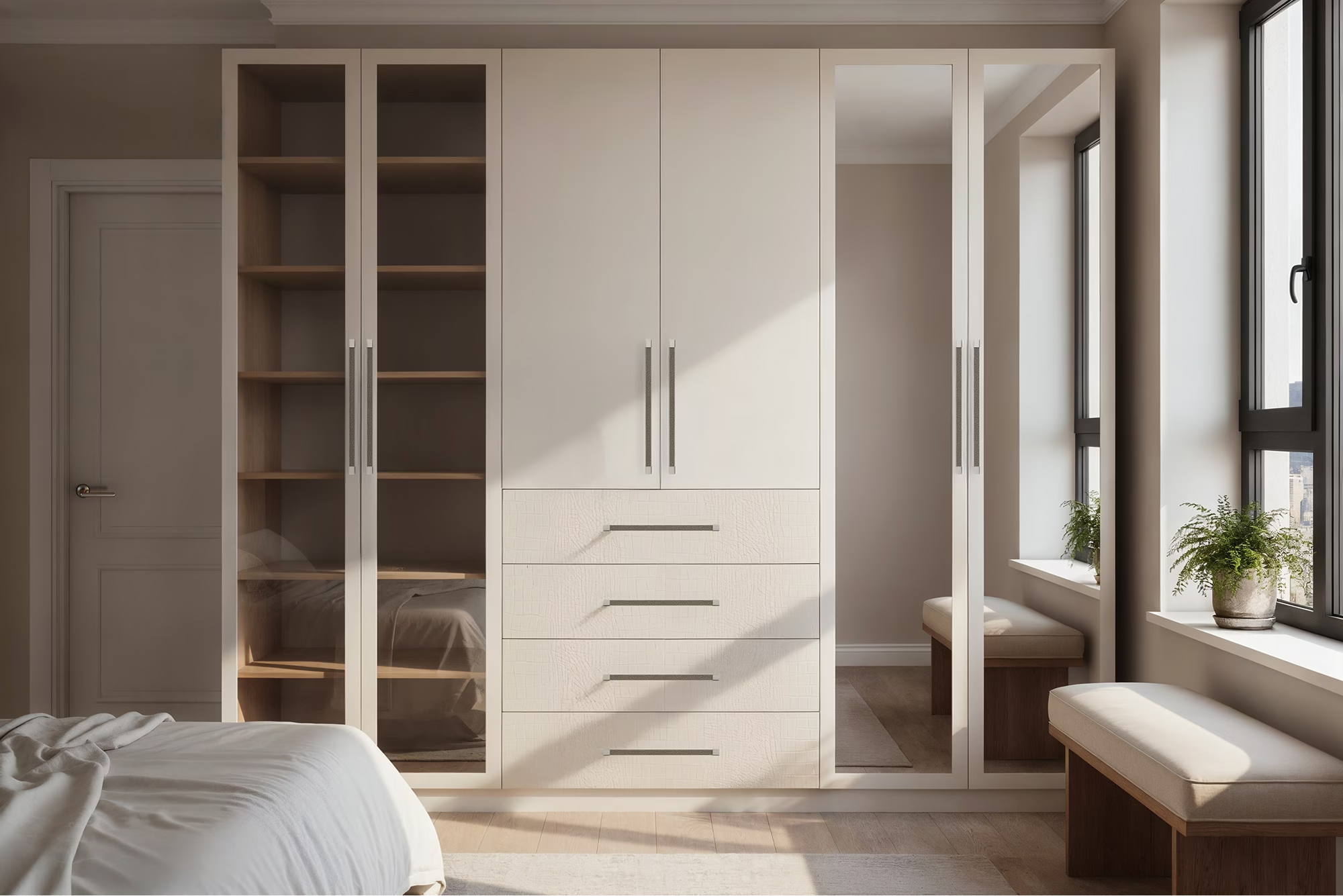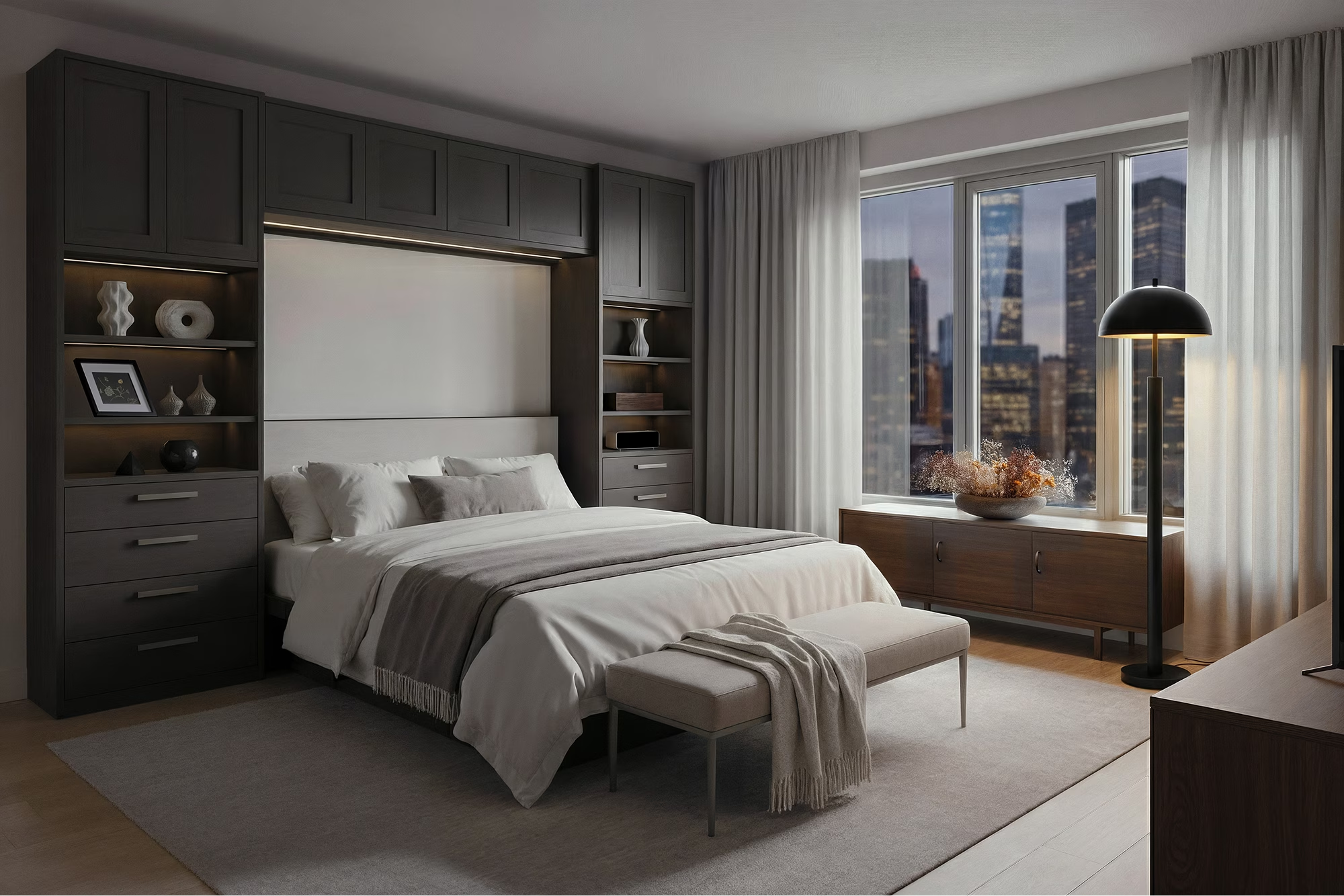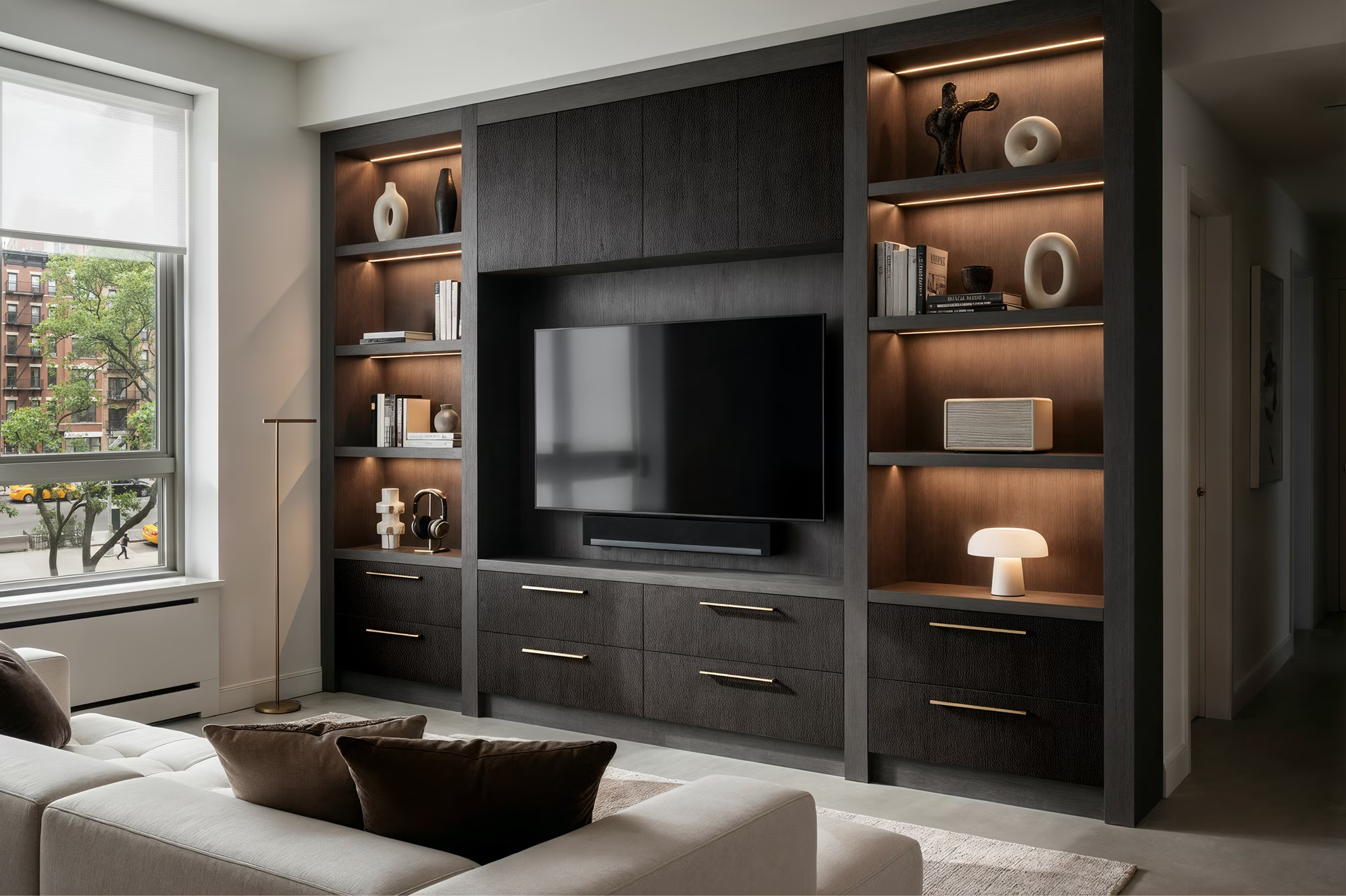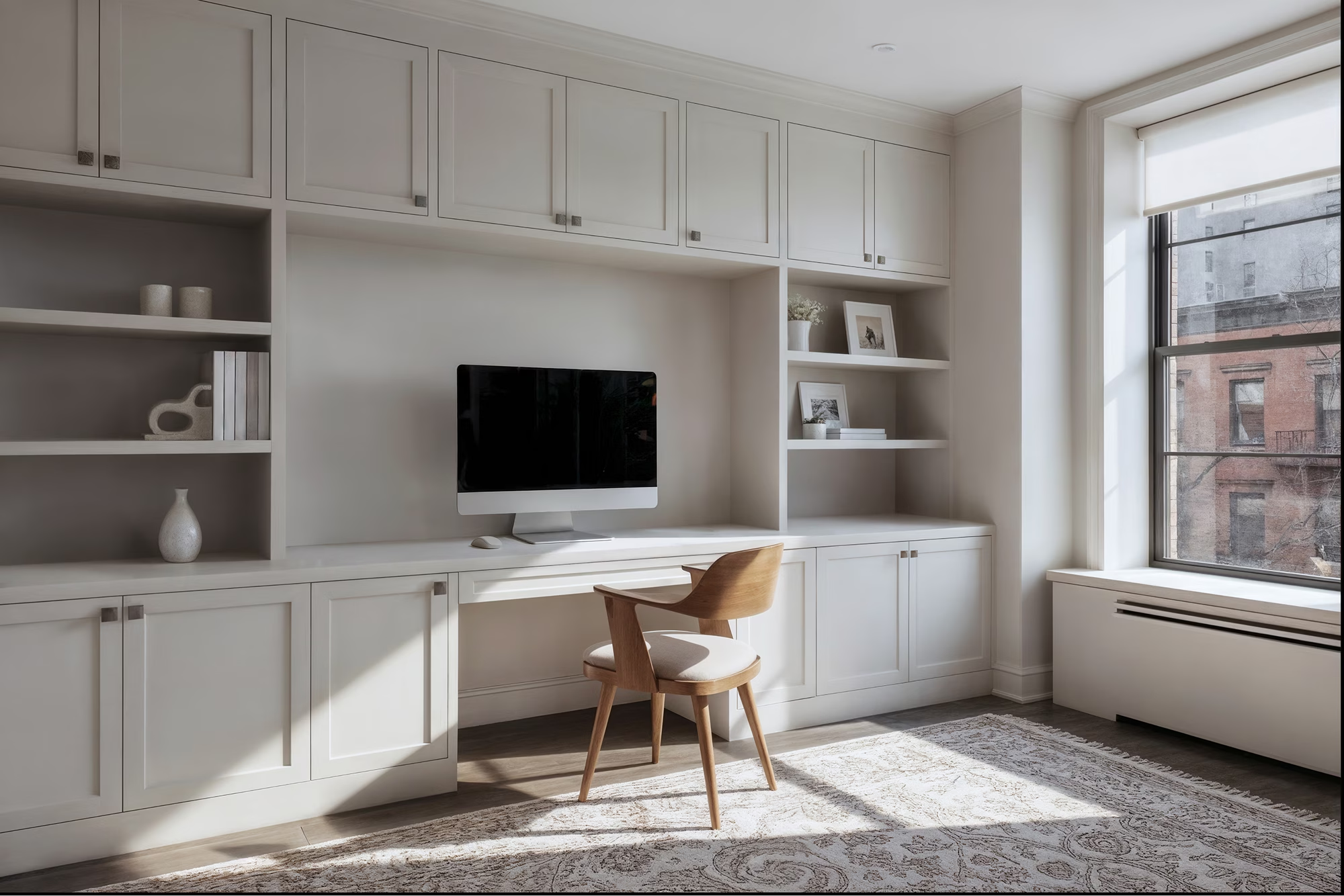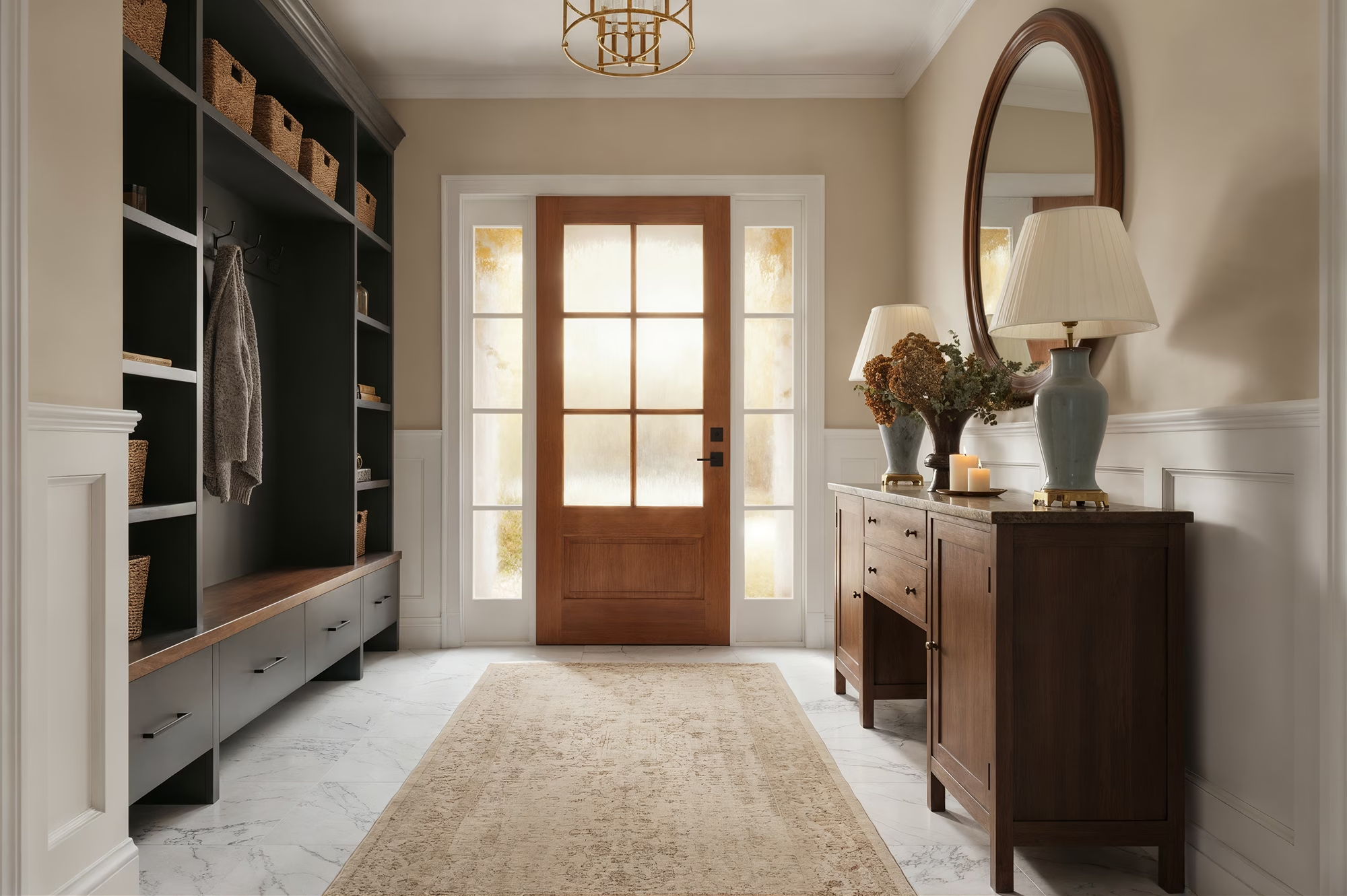Custom closet & organized storage solutions in Manhattan

ClosetNow is Manhattan’s premier provider of custom closet design & installation services.
We provide elegant and functional storage options that complement the luxurious lifestyle of Manhattan, catering to the unique demands of high-rise living and compact urban spaces.
Whether you reside in a sophisticated Upper East Side apartment, a chic West Village townhouse, a historic Tribeca loft, or a modern condo in Midtown, our tailored designs ensure that every inch of your space is utilized efficiently.
Manhattan Service Area
Our common locations are listed below, but this is not a complete selection. Contact us today to discuss your project anywhere in Manhattan!
Named after Battery Park, adjacent to the neighborhood, which originally hosted artillery batteries for defense.
An acronym for “Triangle Below Canal Street.”
Named after the estate of British Major Thomas Clarke, who named his property after the Royal Hospital Chelsea in London.
Named after the Dutch word “bouwerij,” which means farm, as it was originally a path to Peter Stuyvesant’s farm.
Named for being the financial hub of New York City, hosting Wall Street.
Named for its geographical position on the lower east side of Manhattan.
An acronym for “North of Little Italy.”
An acronym for “South of Houston Street.”
Named for its proximity to the Hudson River and its original use as a printing district.
Named for its position as the eastern portion of Greenwich Village.
An acronym for “North of Houston Street.”
Named in the 17th century by the Dutch as “Groenwijck,” meaning “Green District.”
Named for its position as the western portion of Greenwich Village
Originally referred to as “Hell’s Kitchen” due to its notorious reputation for crime and poverty
Named for the meatpacking plants and slaughterhouses that dominated the area until the 1980s.
Derived from the Dutch word “Krom Moerasje,” meaning little crooked swamp.
Named after the Flatiron Building, a landmark shaped like a clothes iron.
Named after the Kip family, who owned a farm here in the late 1600s.
Named after Effingham B. Sutton, who built townhouses in the area in the 1870s.
Named due to its high concentration of Korean businesses and culture
The eastern part of Midtown, named for its geographical position.
Named in the 17th century when the area was populated with a large number of turtles.
Named for its central location in the middle of Manhattan.
Named after the Hudson Rail Yards, which the area was developed over.
Named for its location on the western side of Manhattan, above 59th Street.
Named after Robert Lenox, a Scottish immigrant who owned a large farm here in the 1800s.
Named after Andrew Carnegie, whose mansion once stood on Fifth Avenue in this area.
Named for its geographical position on the eastern side of Manhattan, above 59th Street.
Named in honor of President Abraham Lincoln after his assassination.
Originally a village founded by settlers from York, England, in the 19th century.
Trending in Manhattan
Residents are increasingly prioritizing efficient space utilization.

Rising Real Estate Prices
As of 2023, the median sale price for an apartment in Manhattan was approximately $1.1 million, with neighborhoods like Tribeca and SoHo seeing average prices well above $2 million.
Decreasing Apartment Sizes
The average size of newly constructed apartments in Manhattan has decreased by about 10% over the past decade, now averaging around 700 square feet for one-bedroom units.
Space Optimization Needs
With smaller living spaces, residents need to maximize every inch of their homes. Custom closets make the most of limited space, reducing clutter and enhancing living conditions.
Significant demand for Murphy beds and built-in closets.

High-Rise Dominance
With over 3,000 buildings exceeding 12 stories, living in Manhattan often means dealing with limited floor space and unconventional layouts, making efficient storage solutions essential.
Murphy Beds
Murphy beds are an ideal flexible solution, providing a comfortable sleeping area that can be easily tucked away during the day, freeing up valuable floor space for other uses by up to 30%.
Built-In Closets
With limited closet space, built-in closets have become a popular choice to fit awkward spaces and maximize vertical storage, ensuring that residents have ample room for their belongings.
Lifestyle and demographics boost appeal for custom closets.

High Income Levels
The median household income in Manhattan is around $85,000, with neighborhoods like the Upper East Side and Tribeca seeing median incomes exceeding $150,000.
Home Improvement Spend
A recent study found that the average Manhattan homeowner spends over $10,000 annually on home renovations, with a significant portion allocated to enhancing storage and organization.
Executive-Level Residents
A large proportion of Manhattan residents are professionals and executives who value organization and efficiency in their homes, with custom solutions catering to their need for order.

